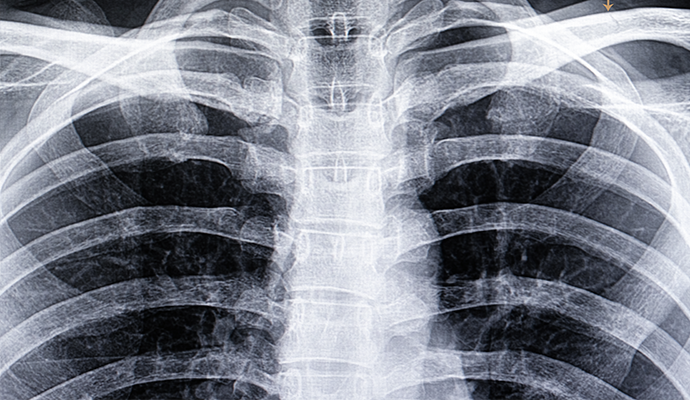DL Tool Triages Chest Pain Patients, Predicts Adverse Outcomes
The deep-learning model utilizes chest X-rays to identify individuals among acute chest pain patients who need immediate medical attention.

Source: Getty Images
- A new study published this week in Radiology shows that a deep-learning (DL) model may help improve care for patients who arrive at the hospital with acute chest pain.
According to the news release, acute chest pain syndrome is one of the most common complaints during emergency department (ED) visits, with more than 7 million ED visits spurred by the condition each year in the US. Acute chest pain syndrome may manifest as tightness, burning, or other discomforts in the chest; severe pain that spreads to the patient’s back, neck, shoulders, arms, or jaw; or shortness of breath.
The press release further states that fewer than 8 percent of patients presenting with acute chest pain syndrome are diagnosed with one of the condition’s three major cardiovascular causes: acute coronary syndrome, pulmonary embolism, or aortic dissection. However, because these conditions are potentially life-threatening and clinical tests used to detect and diagnose acute chest pain syndrome have low specificity, cardiovascular and pulmonary diagnostic imaging are used to assess patients and identify who may be at risk of adverse outcomes.
